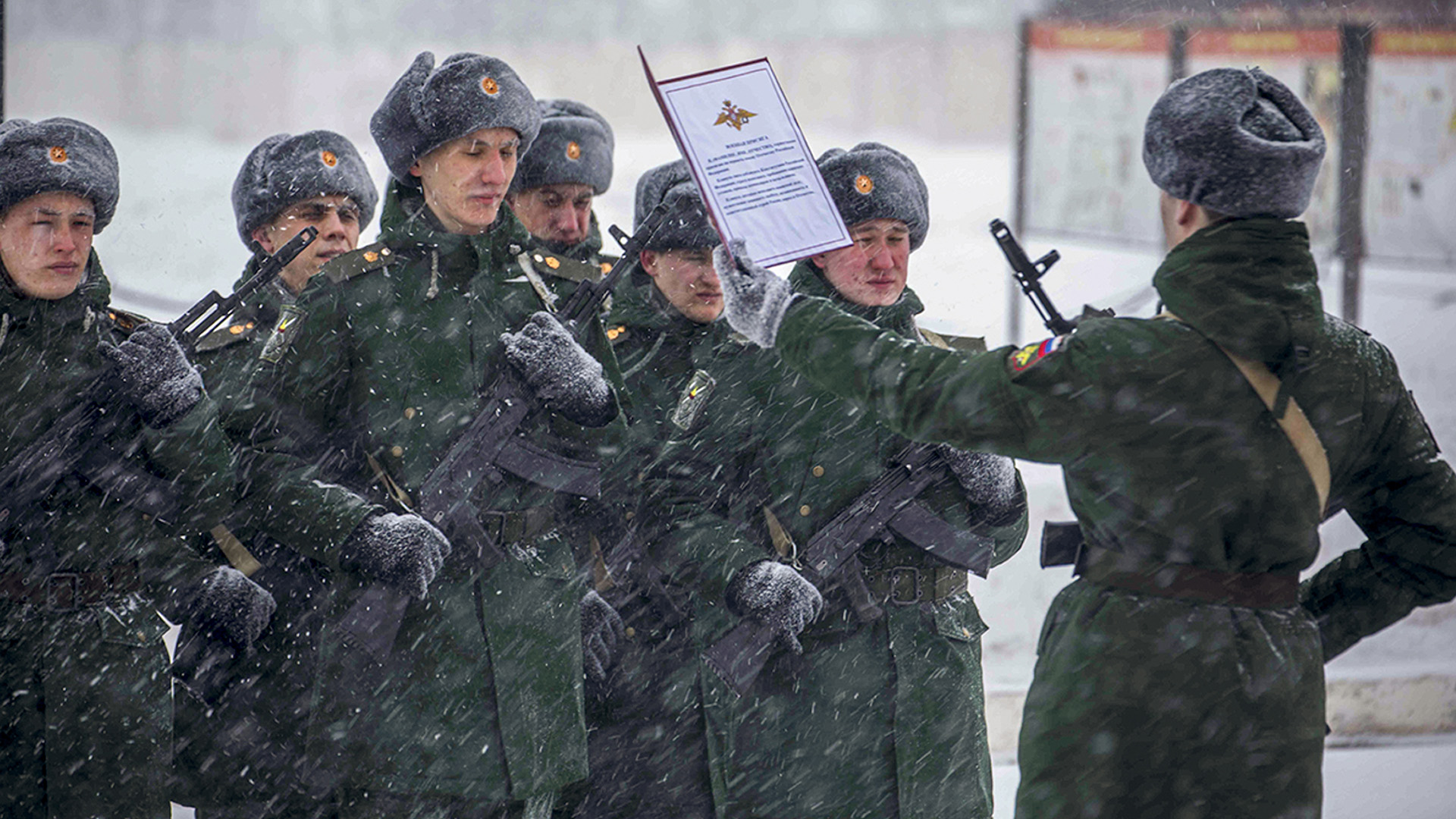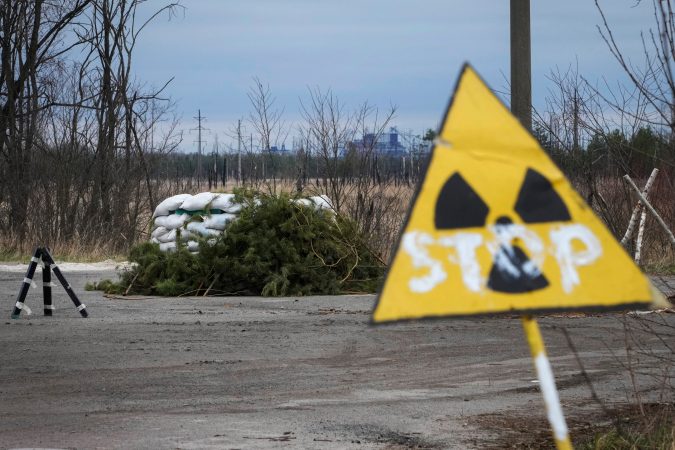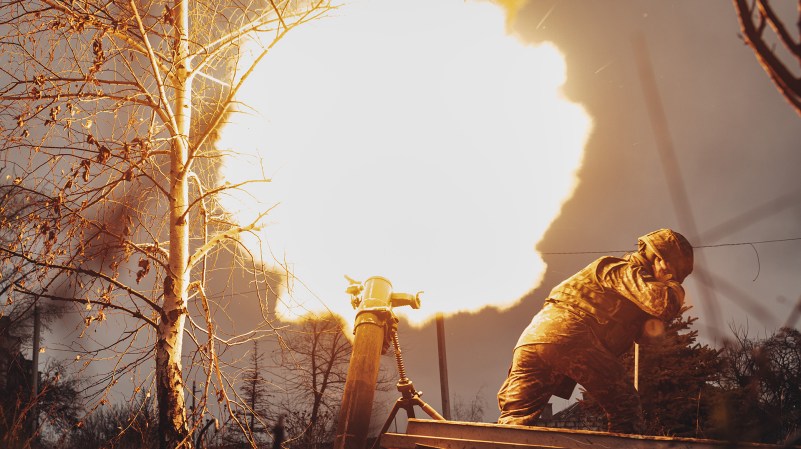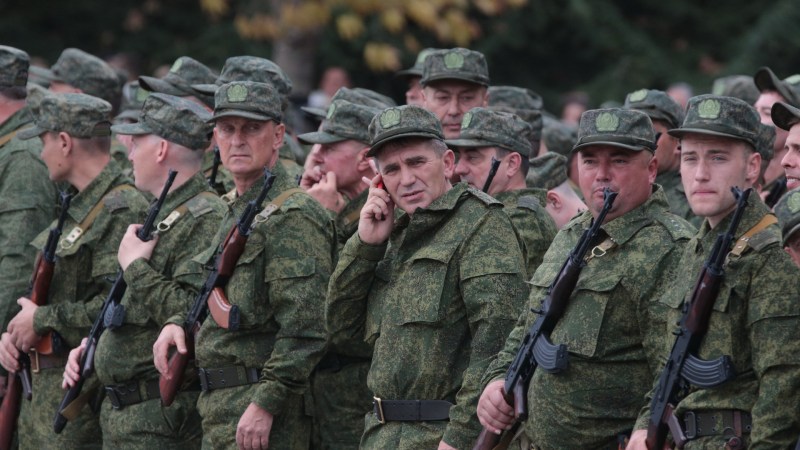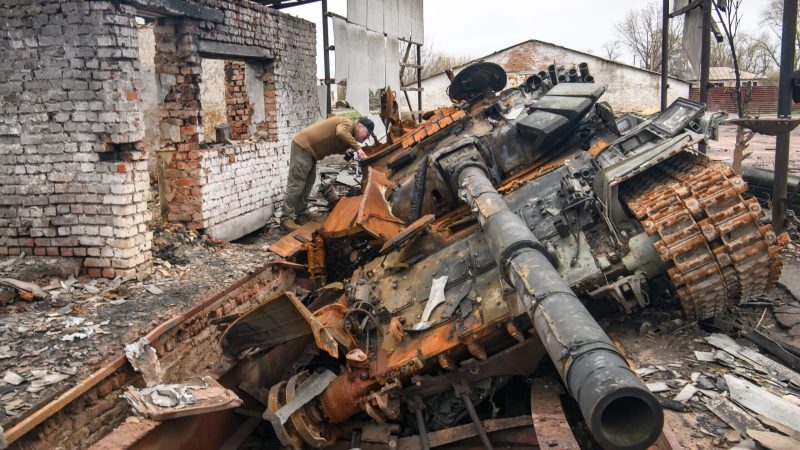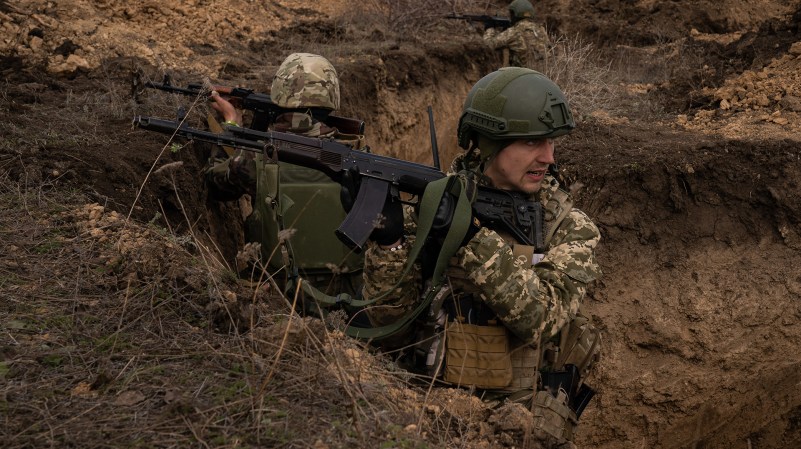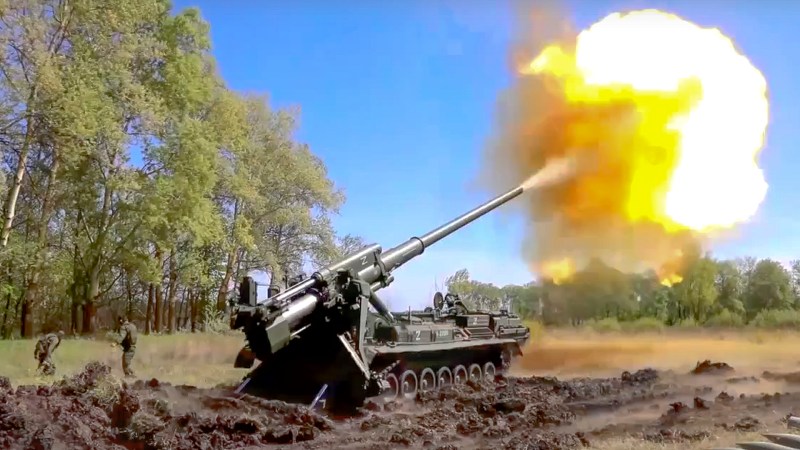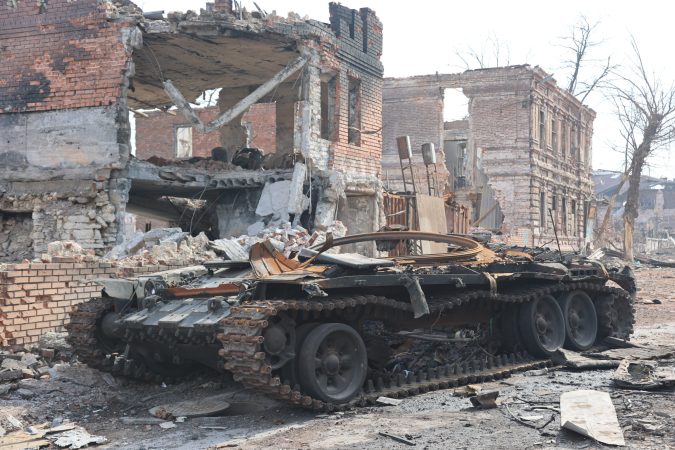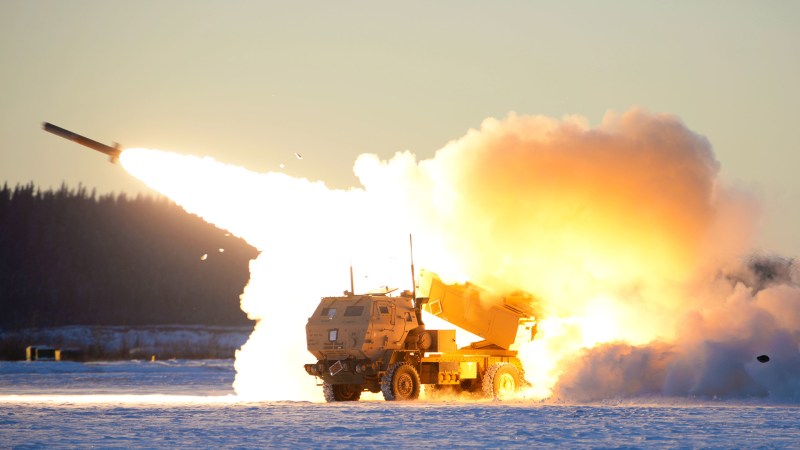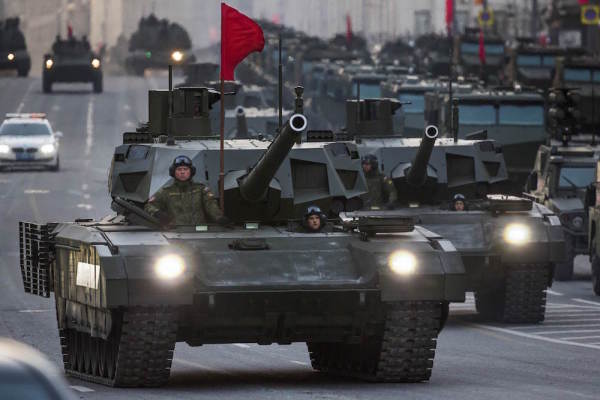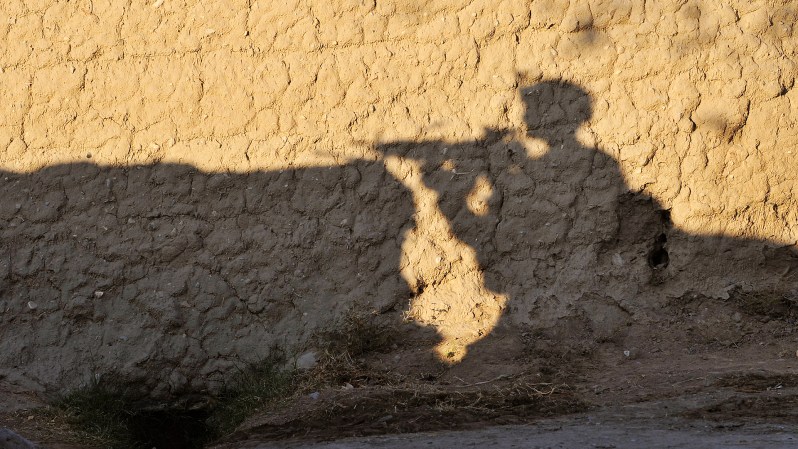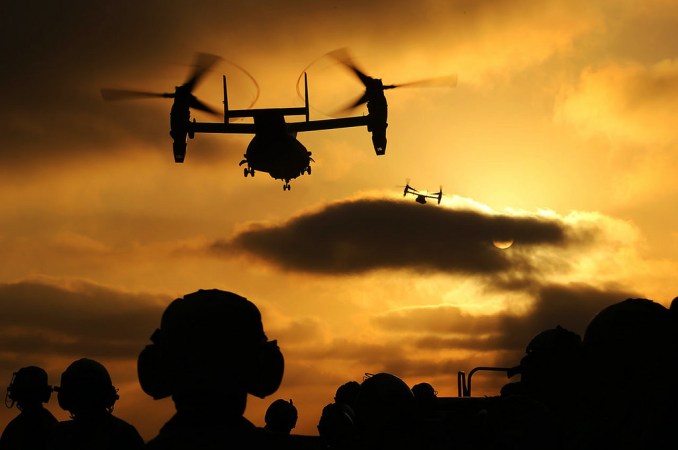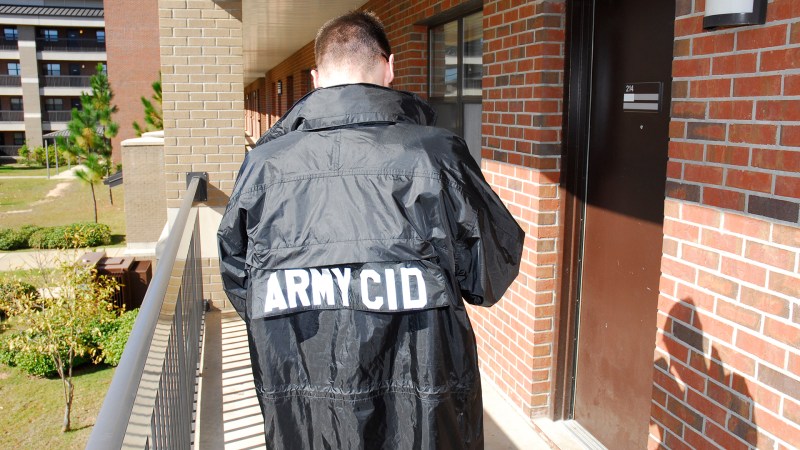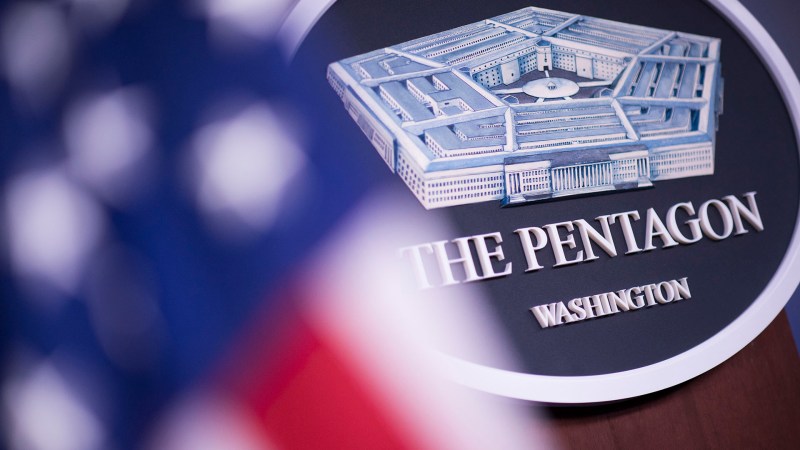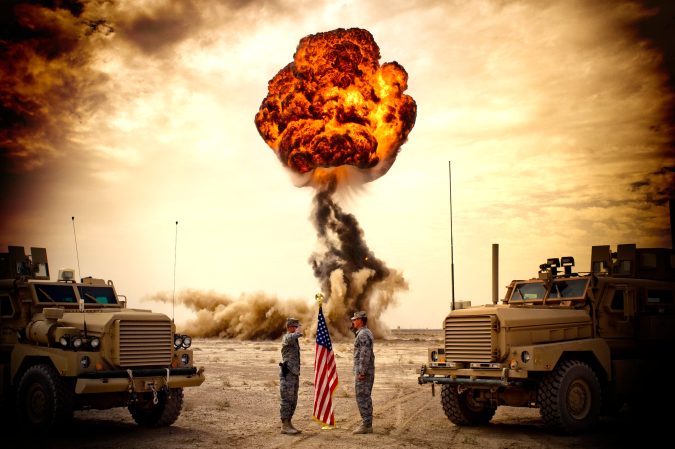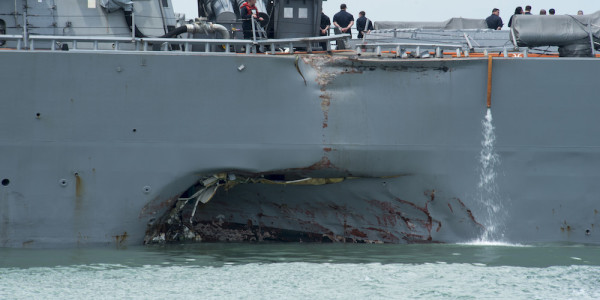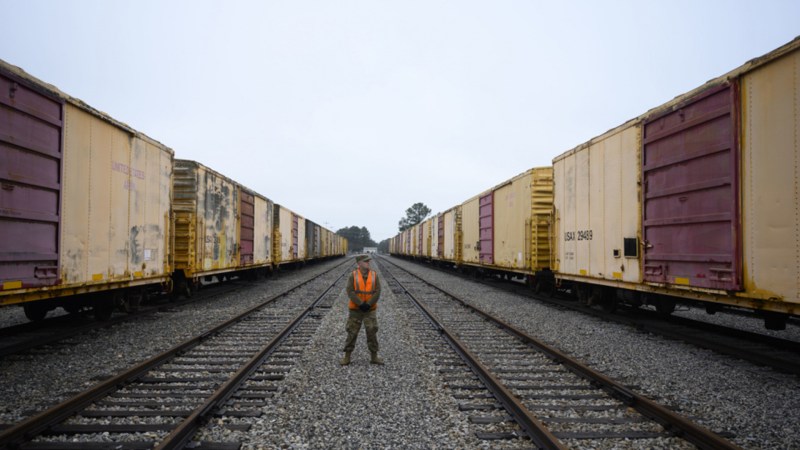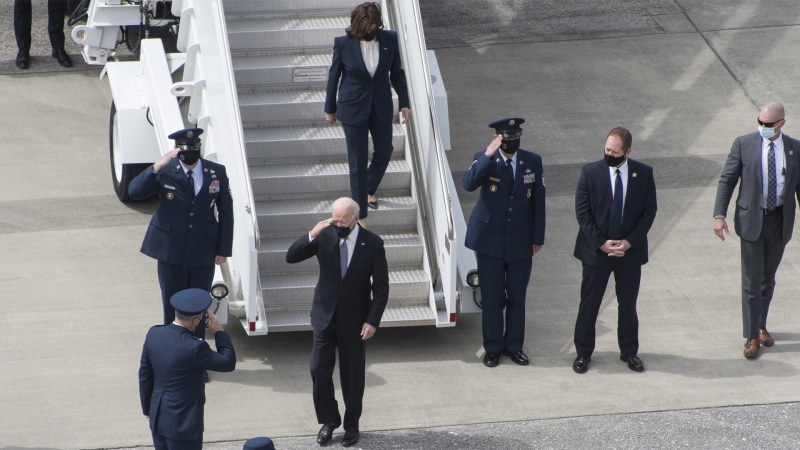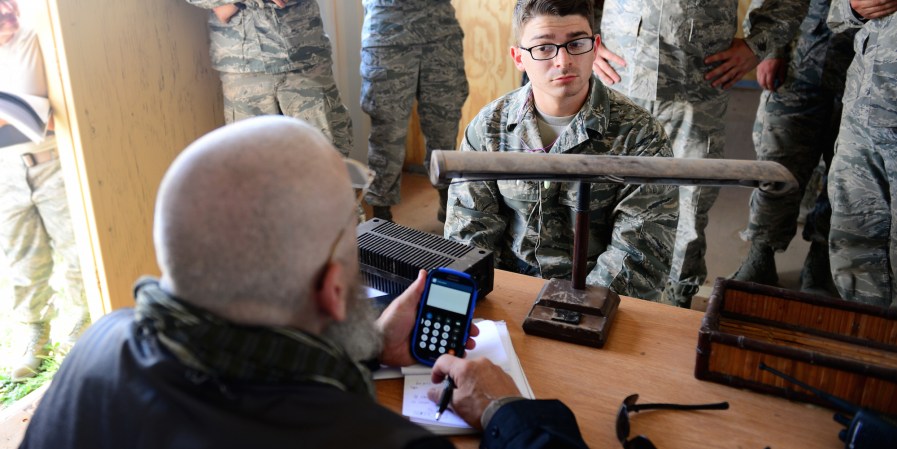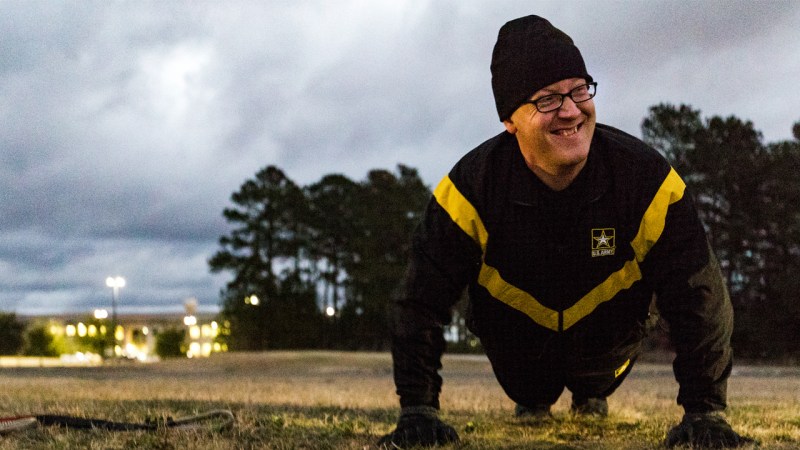Amid recent Ukrainian military victories and continuing losses of troops and equipment, the Kremlin plans to throw 300,000 reservists who have been out of uniform for years into combat with little or no remedial training.
On Wednesday, Russian Defense Minister Sergei Shoigu announced that the Russian military would be calling up reservists “who have served, have a military speciality, that is, a speciality that is needed today in the Armed Forces, who have combat experience,” Reuters reported.
This move comes as Russia is reportedly trying to annex parts of Ukraine that it has captured, just as it did with Crimea in 2014.
For perspective, a Russian reservist is in a much different situation than a U.S. service member in the Select or Individual Ready Reserve. Most of the troops in the Russian reserves are former conscripts who served for one year or two years and have not had any training since, said retired Marine Col. J.D. Williams, a defense policy researcher with the RAND Corporation.
Subscribe to Task & Purpose Today. Get the latest military news, entertainment, and gear in your inbox daily.
“It won’t be pretty, it won’t be efficient, but they’re going to be able to find the people,” Williams told Task & Purpose. “I think the more relevant issue is: How capable and ready are they going to be — not very. How much training are they willing to give them before they send them out to the front lines. Right now, the indications are — the way they’ve pumped units into Ukraine — is not a lot and certainly not enough.”

One major difference between Russian and U.S. reservists is that American service members come off the rolls of the Individual Ready Reserve after a certain number of years, while former Russian service members do not, Williams told Task & Purpose.
“But they stay on those rolls, unlike our U.S. Select Reserve and IRR: It’s a smaller pool — but of people who have recently had fairly extensive active-duty service,” Williams said. “Their pool is a much larger group of people, who have served small periods of time some time in the past. You could have some people who have served relatively soon, but a lot of them are going to be five, 10 or more years out of service.”
Russia’s partial mobilization applies to men with prior military service between the ages of 18 and 50 years old as well as women with “an accounting specialty,” according to RTVI, a privately owned Russian language television network.
That means the older reservists being mobilized may have last seen service in the Soviet Armed Forces, said retired Marine Col. Michael Samarov, who managed a team for planning Russia, Europe, and NATO strategy and policy that advised the chairman of the Joint Chiefs of Staff.

“Further, the Putin regime isn’t starting mobilization with a pre-war population,” Samarov told Task & Purpose. “Presumably, Russian Inactive Reserve members that were predisposed to serve have already volunteered. Conversely, there have been several mainstream media reports noting that some number of Russian males have left the country to preemptively avoid potential mobilization. What remains are likely older, less healthy/fit, less motivated people who generally won’t make good soldiers.”
Getting these reservists into fighting shape will likely be even more difficult for the Russians because there are indications that most of Russia’s military training and education establishment has already deployed to Ukraine, Samarov said. Under these conditions, it is likely the Russian defense ministry will decide to send untrained troops into the fight rather than taking trainers out of operations to get the reservists combat ready, he said.
Aside from the challenges of getting reservists ready for battle, there is also the question of whether the Russian military has enough modern weapons and other equipment for the hundreds of thousands of new troops that it is calling up, Samarov said.
“Just having access to numbers of human beings means little without the ability to organize, train, and equip the forces a state intends to build from those human beings,” Samarov said. “I might be proven wrong, but I don’t think that any sort of Russian Inactive Reserve mobilization will produce any kind of decisive combat power. More likely, the Kremlin is building units that will struggle to operate and will sustain a disproportionate number of casualties.”
The latest on Task & Purpose
- Meet the best-trained team of divers in the Army
- These are the best (and most absurd) unit patches in the US military
- What the military’s ‘missing man table’ is and what it means
- Sailors swindled out of thousands of dollars in Tinder scam
- Someone turned a Peugeot convertible into a battle buggy in Ukraine
Want to write for Task & Purpose? Click here. Or check out the latest stories on our homepage.

